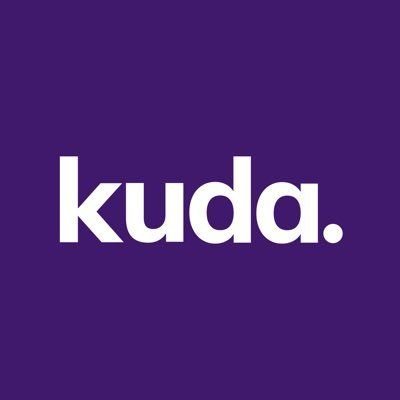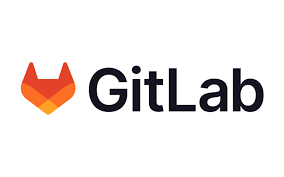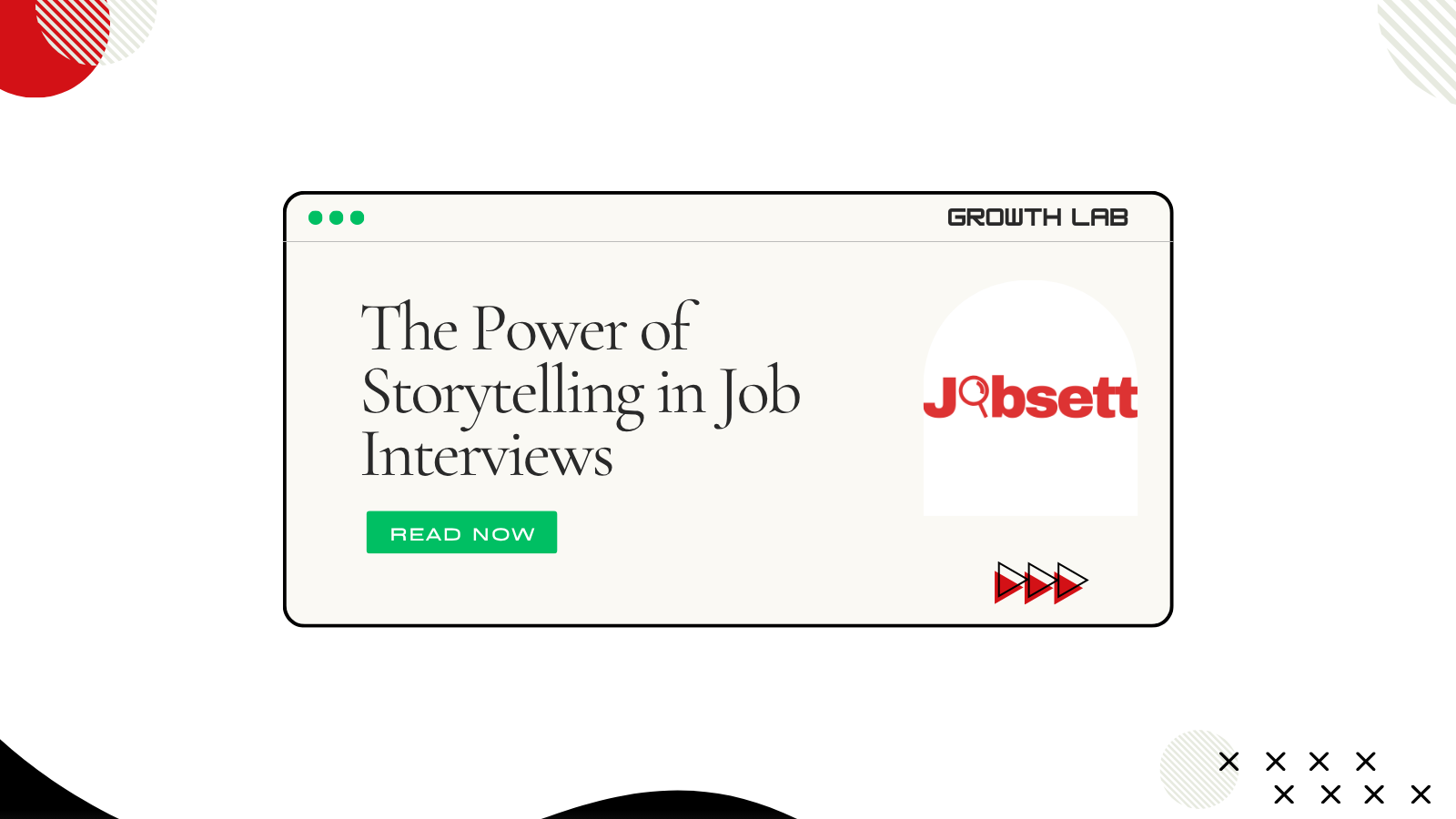In a job interview, it’s not enough to simply list your accomplishments or recite your resume. To truly stand out and make a memorable impression, you need to master the art of storytelling in job interviews. Compelling narratives allow you to humanize your experiences, showcase your skills in action, and connect with interviewers on a deeper, more emotional level. Whether you’re applying for an in-person or a remote role, the ability to weave engaging stories about your past successes and challenges is a powerful tool that can significantly boost your candidacy.
Why Storytelling in Job Interviews Makes an Impact
Humans are hardwired for stories. When you share a narrative, it’s more engaging and memorable than a mere list of facts. In the context of an interview, storytelling allows you to:
- Illustrate Skills in Action: Instead of just saying you’re a “problem-solver,” tell a story about a specific problem you solved and the steps you took.
- Demonstrate Soft Skills: Stories naturally reveal your communication style, teamwork abilities, resilience, and leadership qualities.
- Build Connection: Personal anecdotes help interviewers relate to you, making you more personable and memorable.
- Show, Don’t Tell: Stories provide concrete evidence of your capabilities, proving your claims rather than just stating them.

Leveraging the STAR Method for Interview Narratives
The STAR method, a common framework for behavioral questions, is also the perfect structure for crafting powerful stories. It ensures your interview narratives are complete and impactful:
1. Situation: Setting the Scene for Your Story
Briefly describe the context or background of the situation. Provide enough detail for the interviewer to understand the challenge or opportunity. This is the opening act of your interview narrative, setting the stage for your actions.
2. Task: Your Role and Objective in the Narrative
Clearly explain your specific role and what you aimed to achieve. What was your personal responsibility in this story? This highlights your direct involvement in the situation.
3. Action: Detailing Your Specific Steps
This is the core of your story. Describe the precise actions you took to address the situation or achieve the task. Use “I” statements to emphasize your individual contributions. The more detail and vivid description you provide here, the more impactful your story becomes.
4. Result: The Outcome and Your Learning
Conclude by explaining the positive outcome of your actions. Quantify results whenever possible (e.g., “increased sales by 15%,” “reduced project time by 10%”). Importantly, also share what you learned from the experience and how it has made you a better professional. This concluding segment is crucial for demonstrating growth through your interview narratives.
Crafting Compelling Personal Stories for Your Interview
Beyond the STAR structure, specific techniques enhance your storytelling in job interviews:
1. Choose Relevant Examples Thoughtfully
Select stories that directly relate to the job description and the key competencies the employer is seeking. Have a few versatile stories ready that can be adapted for different types of questions (e.g., a story about teamwork, a story about overcoming a challenge, a story about a successful project).
2. Focus on Your Unique Contributions
While team efforts are great, ensure your story highlights your specific actions and their impact. Interviewers want to know what you bring to the table.
3. Practice, Practice, Practice Your Interview Narratives
Rehearse your stories aloud. Practice makes them flow naturally and sound authentic. Time yourself to ensure your responses are concise, typically 1-2 minutes per story. Practice helps refine your storytelling in job interviews.
4. Show Emotion (Appropriately)
While maintaining professionalism, allow a hint of genuine emotions (excitement, determination, a sense of triumph) to come through. This makes your story more engaging and memorable.
5. Be Authentic in Your Storytelling
Tell true stories about your actual experiences. Interviewers can spot inauthenticity. Your genuine voice will resonate far more than a fabricated tale.
The power of storytelling in job interviews cannot be overstated. By transforming your experiences into engaging narratives structured by the STAR method, you provide compelling evidence of your skills, personality, and potential. This strategic approach will not only help you stand out but also build a stronger connection with your interviewer.
You’re not job searching alone. Job Buddy on Jobsett is your personal job hunt assistant packed with expert tips, smart advice, and relevant resources from application to offer.
























